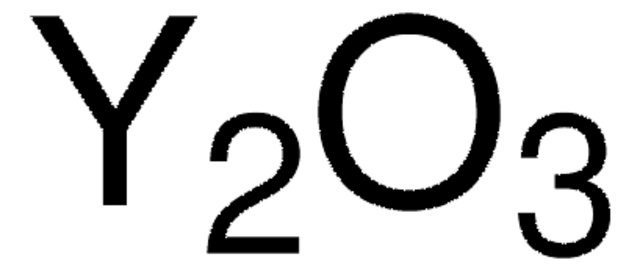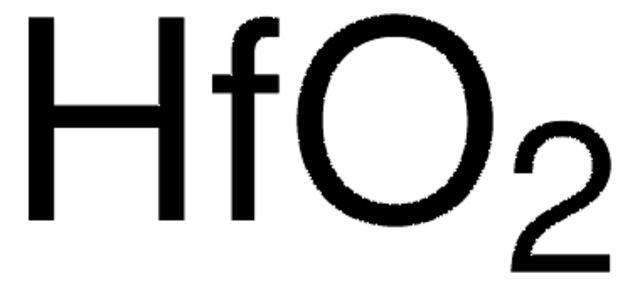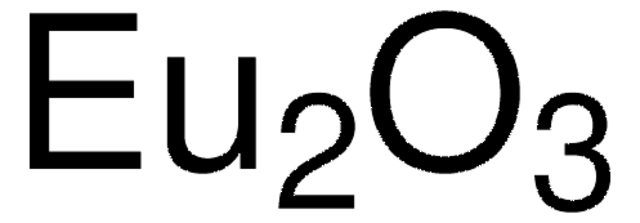Wichtige Dokumente
204455
Strontiumcarbonat
99.995% trace metals basis
Synonym(e):
Strontianite
About This Item
Empfohlene Produkte
Qualitätsniveau
Assay
99.995% trace metals basis
Form
powder and chunks
Verunreinigungen
≤55.0 ppm Trace Metal Analysis
mp (Schmelzpunkt)
1494 °C (lit.)
Löslichkeit
dilute aqueous acid: slightly soluble(lit.)
Dichte
3.7 g/mL at 25 °C (lit.)
SMILES String
[Sr++].[O-]C([O-])=O
InChI
1S/CH2O3.Sr/c2-1(3)4;/h(H2,2,3,4);/q;+2/p-2
InChIKey
LEDMRZGFZIAGGB-UHFFFAOYSA-L
Suchen Sie nach ähnlichen Produkten? Aufrufen Leitfaden zum Produktvergleich
Anwendung
- Strontium carbonate: Extensively used in the production of glazes in ceramics, where it acts as a flux and introduces strontium into the glaze for improved finish and durability. It is also crucial in the manufacture of ferrite magnets, providing the necessary strontium content to enhance magnetic properties. Additionally, its role in pyrotechnics is to contribute to the vibrant red hues seen in fireworks displays (Sigma-Aldrich, CAS 1633-05-2).
Lagerklassenschlüssel
13 - Non Combustible Solids
WGK
nwg
Flammpunkt (°F)
Not applicable
Flammpunkt (°C)
Not applicable
Persönliche Schutzausrüstung
Eyeshields, Gloves, type N95 (US)
Hier finden Sie alle aktuellen Versionen:
Besitzen Sie dieses Produkt bereits?
In der Dokumentenbibliothek finden Sie die Dokumentation zu den Produkten, die Sie kürzlich erworben haben.
Kunden haben sich ebenfalls angesehen
Artikel
Thermoelectric Performance of Perovskite-type Oxide Materials
The prevailing strategies for heat and electric-power production that rely on fossil and fission fuels are having a negative impact on the environment and on our living conditions.
Unser Team von Wissenschaftlern verfügt über Erfahrung in allen Forschungsbereichen einschließlich Life Science, Materialwissenschaften, chemischer Synthese, Chromatographie, Analytik und vielen mehr..
Setzen Sie sich mit dem technischen Dienst in Verbindung.












